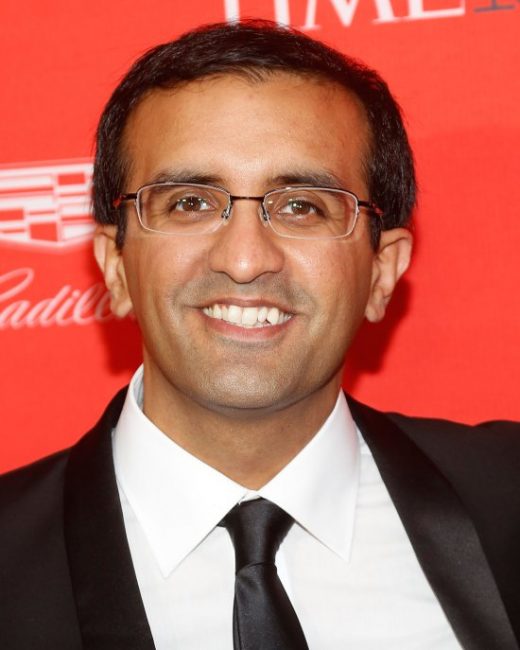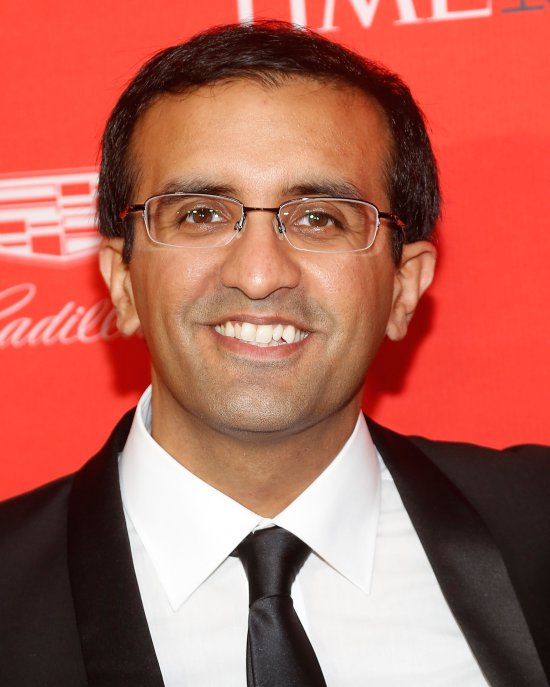How Businesses Can Help Boost Basic Health Care
How Businesses Can Help Boost Basic Health Care

The so-called last mile is a popular business term that refers to the pesky problem of serving individual customers not easily reached by vast distribution networks. Raj Panjabi, a Harvard physician who fled war-torn Liberia as a child, cleverly uses the concept both for the name of his non-profit aid organization, Last Mile Health, and to describe the service it provides.
Poor access to healthcare correlates directly to economic inequality, says Panjabi. This is true both in his native country and in his adoptive home, the U.S. His solution is to train “community health workers” to administer basic but critical care in remote areas.
Sometimes, the “care” these non-medical professional administer is information, such as the 10,000 workers who helped educate Liberians on how to cope with and prevent Ebola. They went door to door, explaining basic but incredibly important concepts like the need for quick and safe burials of their loved ones.
Panjabi spoke Thursday in Rome at the Fortune-Time Global Forum, tasked by Pope Francis to tap the business community for ideas to alleviate global poverty. Panjabi says businesses can play multiple roles in boosting basic health care. They can, for instance, work with general managers to hire people in rural communities, many of whom get poor health care.
Businesses can also do better to design products that work off traditional electricity grids, for example by utilizing solar power, he said. As well, companies have an untapped resource to improve health care: their global supply chains, which can hire people in rural areas. “Think of these people to distribute your products,” Panjabi urged.
The last mile will always be the most difficult, whether the issue is delivery of household goods on Amazon or providing basic health care to those who need it most. Businesses, together with innovative aid organizations like Last Mile Health, can do more than they might realize.
This article originally appeared on Fortune.com
(21)














